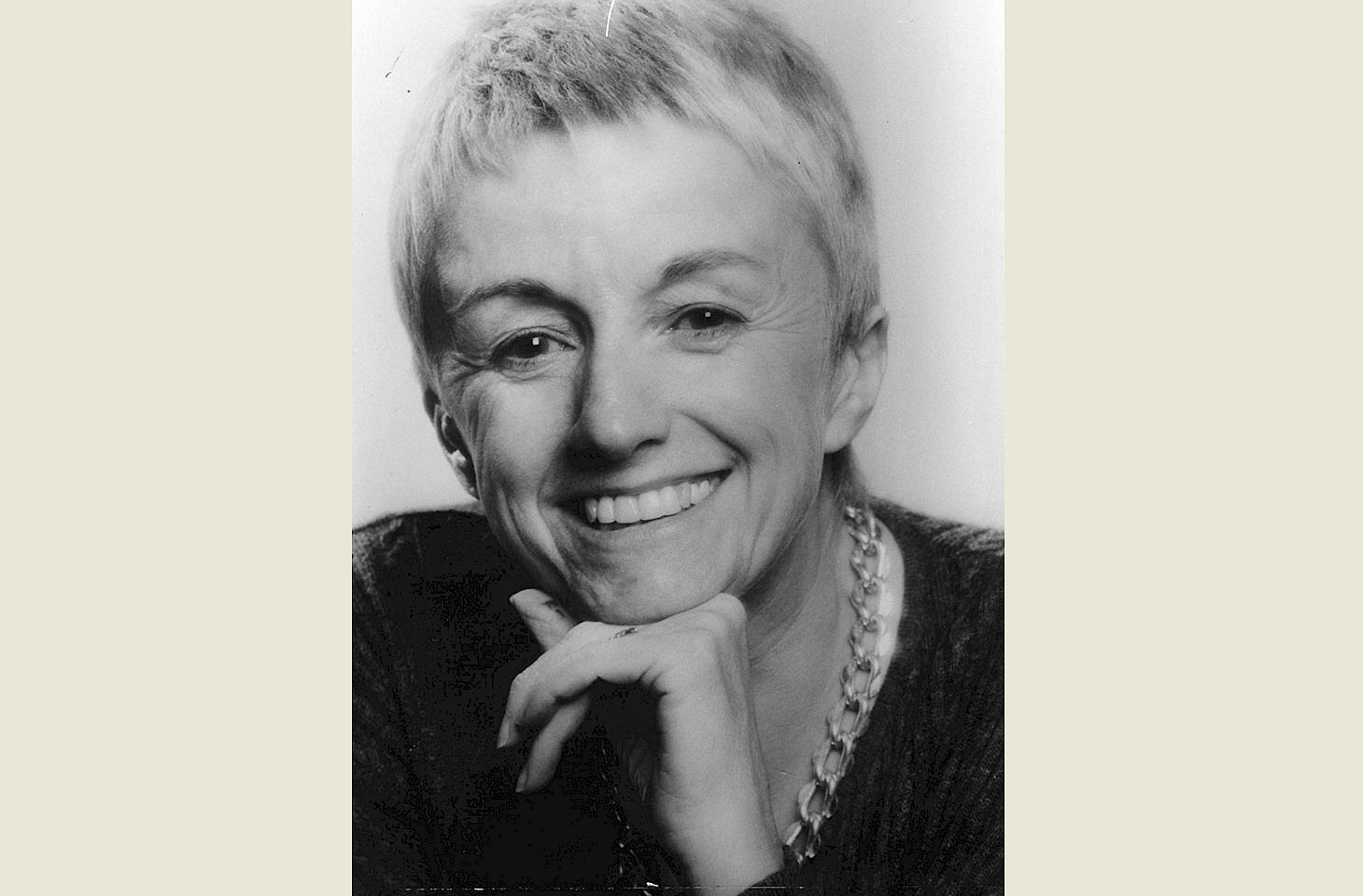Dear fellow travellers
The village of Gottmadingen looks like the sort of spot where nothing of any consequence ever happens. It lies in the mellow, rural countryside of south-west Germany very close to the Swiss border. Gottmadingen has a simple railway station served by the regular local trains which shuttle between Schaffhausen and Singen. The casual visitor might reasonably assume that never in the history of the railway did anyone ever actually change trains in Gottmadingen.
But one hundred years ago this month, a very distinguished group of Russians did indeed change trains at Gottmadingen. News of the revolution in Russia had reached Switzerland in March 1917, and many politically active Russian émigrés had immediately decided to return home. "We must go at all costs, even if we go to hell," declared Lenin.
Thus it was that a group of two dozen revolutionaries, led by Lenin himself, set out from Switzerland to return to Petrograd. It was at Gottmadingen that Lenin's party joined a train for transit across wartime Germany. The Berlin authorities were cautious about the Russians, but were happy to afford transit on the condition that the Russians travelled in a sealed carriage.
Rarely was a group of travellers so nervous about an arrival in Gottmadingen. In those days, this out-of-the-way station was used for frontier checks for passengers entering Germany from Switzerland. Lenin and his party cautiously climbed down from the Swiss train which had brought them from Schaffhausen.
It was early evening at Gottmadingen. The new arrivals were split into two groups, male and female. The Russians were fearful that this might mark a premature end to their journey. Had they perhaps fallen into a German trap? But, after a nervous wait, the travellers were escorted over the platform to join the most unusual of trains: a German steam engine hauling a single green carriage with eight compartments.
This was no luxury sleeping car, but a fairly standard carriage of the kind used for middle-distance journeys in Germany in the opening years of the last century. It was not the sort of carriage which would normally have been used for a journey which required three nights on board. Fortunately, there were two toilets, one at either end of the carriage and a separate space for luggage - not that the Russians were encumbered by heavy bags. After many years of exile in Switzerland, Lenin returned home with no more than a rucksack full of documents.
Lenin worked on the long journey across Germany. It was a chance to elaborate the directives which he would issue upon arrival in Petrograd. These later became known as the April Theses and surely rank as among the most important documents ever written on a train.
It was a journey which had its starts and stops. Shortly after they left Gottmadingen, the train was shunted into a siding near Singen for an overnight stop. The route then proceeded via Frankfurt and Halle to Berlin where the carriage was again held stationary for many hours. From the German capital, the sealed carriage was hauled north through the forests of Western Pomerania to the Baltic coast, where it was transferred onto a ferry for the short crossing to the island of Rügen. From there a railway line ran fifty kilometres across the island to the port of Sassnitz, where the unwashed Russians disembarked and boarded a ferry to Sweden. Rough seas on the four-hour crossing to Trelleborg probably did nothing to enhance the Russians' composure.
The 60-hour journey from Gottmadingen to Sassnitz in the sealed carriage was managed by the German authorities in such a way that the Russians had no contact with any Germans beyond the two guards who accompanied them on the train. It is surely the only instance of a through train from Gottmadingen to Sassnitz.
The carriage in which Lenin travelled was preserved and for several decades remained in Sassnitz. In the 1960s and on to the political changes of 1989, it was showcased as a fine example of Communist heritage and history. At some stage in the 1990s, it was removed from Sassnitz and is now at Park Sanssouci railway station in Potsdam. The shed in which the carriage is stored is part of a national training centre for railway staff; sadly, it is not normally accessible to the public.
Nicky Gardner and Susanne Kries
(editors, hidden europe magazine)


